THE MOST ASKED QUESTIONS FOR STONE CARE
We answer the most frequently asked questions about stone care, including marble repair, polishing, stain removal, crack repair, sealing, slippery tile issues, grout problems, and more.
How do I remove stains from marble countertops?
Some surface stains can be lifted using a poultice — a paste made from baking soda and water or a marble-specific powder mixed with a liquid. The goal is to draw the stain out, not scrub it off. But DIY poultices come with risks. If left on too long or mixed incorrectly, they can discolor the stone or leave behind a hazy ring. Not all stains respond to the same treatment, and some poultices can actually worsen etching or cause new marks.
For deep, old, or unusual stains (like oil, rust, or ink), it’s best to have the stone assessed by a professional. A pro can identify the stain type and use the right formula and timing to lift it without causing additional damage.
What’s the best way to clean marble without damaging it?
For daily cleaning, use a soft cloth or microfiber towel with a pH-neutral stone cleaner. A small amount of mild, non-acidic dish soap mixed with warm water also works. Always rinse thoroughly and dry to prevent water spots. Avoid vinegar, lemon juice, bleach, or any abrasive cleaners — they can etch or dull the marble permanently, even if the damage isn’t visible right away.
If the surface starts to look streaky, hazy, or dull despite regular cleaning, that usually signals a buildup that needs professional attention. A pro can safely remove residue, polish the surface, and restore the natural clarity without risk.
Can etched marble be repaired?
Yes, but etched marble can’t be fixed with regular cleaners. Etching happens when acidic substances interact with the calcium in marble, causing dull spots, rings, or faded patches. There are DIY etch removers and polishing powders for light surface marks, but they only work if the damage is shallow and even.
If the etching is deep, widespread, or in a prominent area, a professional will need to hone and refinish the surface. Attempting to remove heavy etching on your own can result in uneven patches or permanent surface distortion.
How do I fix a chip or crack in my marble surface?
Small chips can sometimes be filled using a stone epoxy or resin, but matching the color and texture is difficult without the right tools. DIY kits often leave noticeable patches, and if the surface isn't leveled and polished correctly afterward, the repair will stand out.
For any cracks longer than an inch or chips on visible surfaces, it’s safer to have a professional handle it. They use color-matching compounds and polishing tools to make repairs virtually invisible and ensure the area stays structurally sound.
Why does my marble look dull, and how can I restore its shine?
Dullness is often caused by wear, residue, or minor etching. You can try cleaning it with a pH-neutral stone cleaner and soft towel, but if the shine doesn’t return, polishing is needed. Store-bought marble polishes may add a temporary sheen, but they often leave behind residue or wax that attracts more dirt.
Professional polishing removes the damaged layer, smooths the surface, and brings back the original shine evenly. For most homeowners, that’s the safest and most lasting way to restore the finish.
What’s the difference between marble polishing and honing?
Honing creates a smooth, matte or satin finish by removing surface imperfections. Polishing goes a step further, refining the surface to a high gloss. Both require the use of diamond abrasives and a clear understanding of stone density and direction of movement.
While there are some DIY kits available, true honing and polishing is not just about grit — it's about technique, moisture control, and consistency. A professional ensures the finish is even, long-lasting, and matches the rest of your surface.
How often should I seal my marble or stone surfaces?
Most marble and other porous stones benefit from sealing every 6 to 12 months, depending on how often the surface is used. High-traffic areas like kitchen counters or bathroom vanities may need it more often, while low-use surfaces can go longer. You can test this yourself by putting a few drops of water on the stone — if it darkens quickly, it's time to reseal.
DIY sealing is possible with over-the-counter products, but even application is key. Professionals typically use commercial-grade sealers and apply them with tools that help the product absorb properly and last longer.
How do I know if my stone needs to be sealed?
Try the simple water test: place a few drops of water on the surface. If it darkens or absorbs within a minute or two, your stone needs sealing. If it beads up and stays on the surface, you're still protected.
DIYers can reseal their own surfaces using a penetrating sealer made for natural stone, but uneven application can lead to blotchy or sticky areas. For a longer-lasting seal and better results, professionals use commercial formulas and application tools that most homeowners don’t have access to.
How do I know if my stone needs to be sealed?
Try the simple water test: place a few drops of water on the surface. If it darkens or absorbs within a minute or two, your stone needs sealing. If it beads up and stays on the surface, you're still protected.
DIYers can reseal their own surfaces using a penetrating sealer made for natural stone, but uneven application can lead to blotchy or sticky areas. For a longer-lasting seal and better results, professionals use commercial formulas and application tools that most homeowners don’t have access to.
Is it safe to use vinegar or bleach on marble or stone?
No. Even diluted vinegar or bleach will slowly erode the surface of natural stone, especially marble, limestone, and travertine. Acidic or highly alkaline cleaners can cause etching, streaking, or long-term dullness — sometimes after just one use.
If you’ve accidentally used the wrong product and the surface now looks cloudy or rough, a professional can assess the damage and often restore the finish. For regular cleaning, stick with pH-neutral cleaners labeled safe for marble or natural stone.
How do I make my stone tiles less slippery?
Natural stone, especially when polished, can be slippery when wet. For home safety, anti-slip treatments can be applied to the surface, or you can opt for textured finishes like honing to reduce slip risk. Non-slip mats and rugs help too, but they don’t address the surface itself.
DIY anti-slip sprays exist, but some can discolor or damage the stone if used incorrectly. Professional anti-slip applications are safer and longer-lasting, especially on high-gloss marble or stone bathroom floors where traction is critical.
Contact us any time
Contact us any time
We will get back to you as soon as possible.
Please try again later.

